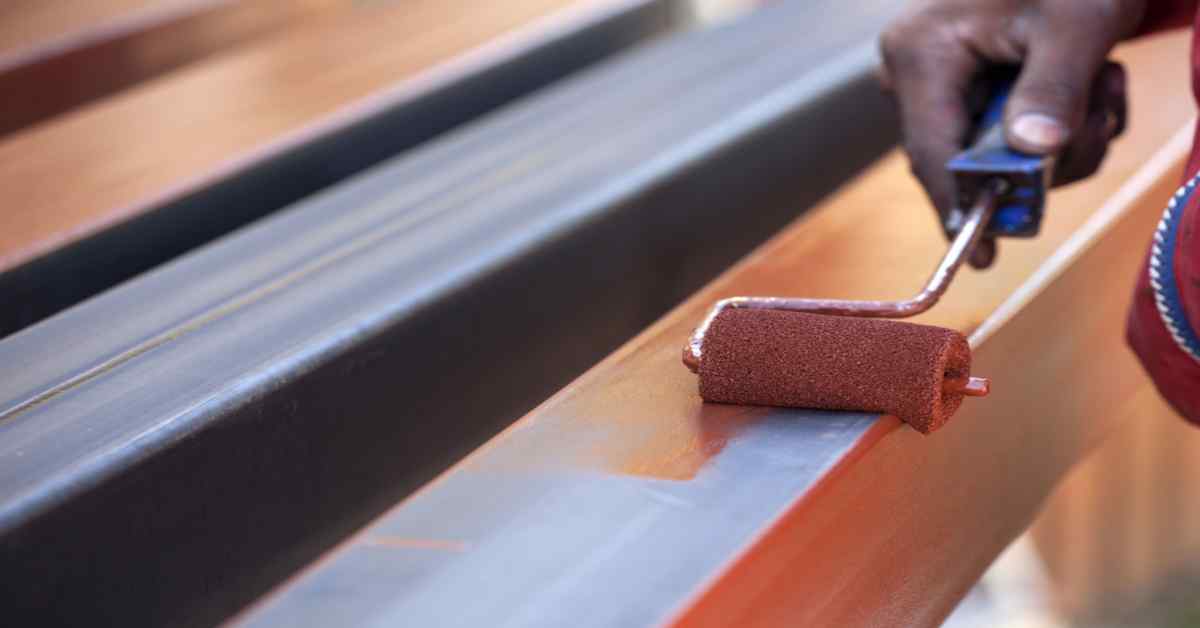
How to paint metal surfaces
Surface preparation is key to ensuring the longevity of metal paint and other coatings. Before painting any surface, be it metal or masonry, following a few simple surface preparation tips such as thorough cleaning of the surface to be painted and applying the right primer can make a huge difference in the long run. In the absence of appropriate surface preparation, even premium or advanced metal primers or metal enamel paints may end up losing their sheen.
What’s the best metal paint?
As a starting point, you need to use paint specifically formulated for metal surfaces. This might be labeled as multi-surface paint or metal paint. If you don’t use this paint, it will peel, blister or flake, completely ruining your finish.
Not all metal paints are suitable for every type of metal. For example, the paint might be suitable for aluminum and not galvanized steel. Always check the suitability of the paint before you start the project.
Metal paint is also a protective coating for exposed or outdoor surfaces. It slows down and prevents oxidisation, so it’s much less likely that the metal will corrode and rust.
Look for metal paint that’s durable and has lasting protection. Not only will the finish look good for much longer, but the metal will remain in a healthy condition too.
How to paint metal surfaces
Remove The Metal Surface
Remove loose rust or flaking paint with a wire brush. If you don’t have a wire brush, 120 grit sandpaper will do the job just as well. Use a damp cloth and wipe down the metal. Clean up any dust, dirt and grease. If you’re painting metal that’s already painted and in good condition, use 240 grit sandpaper to rough up the surface. This creates enough of a texture for the paint to stick to. If the old paint is flaking, remove it with a wire brush or sandpaper. If the paint is from before the 1960s, be very careful as it might contain lead.
Clean the metal surface
Rub the surface of the scraped metal with mineral spirits or a degreaser. Wipe away all the remaining paint dust and rust particles with a cloth or rag dipped in a metal degreaser or mineral spirits. This will remove any leftover grime and give you a clean surface to work with. Even if the surface looks fairly clean, don’t skip this step; otherwise, the paint may not stick to the metal properly. If you’re painting something made of galvanized steel, wash it down with white vinegar to break down leftover zinc from the galvanization process. This will help the paint adhere stick to the metal better.
Use of Primer
After you’ve removed all of the flaky paint, you’re ready to paint. For wrought iron or steel in severe conditions, you can use a primer. For aluminium and brass, use an SLS etch primer. If you choose to spray paint, avoid windy days and shake the can for at least 2 minutes before using it. When you’re spraying, use light even coats to cover the metal and slowly build up the layers until the metal is evenly covered.
Apply your paint
You will need to choose high-quality paint to apply to your metal surfaces. Water-Based Acrylic Paint or Oil-Based Paint for Metals will be your best bet here. Every painter will have their preference, but both of these types of paints will offer the correct coverage and smooth finish you are hoping for in the end!
Lastly, you will need to choose the right type of high-quality sealer to finish off the piece you’ve worked so hard to create! A favorite amongst painters is water-based polyacrylic as it’s less likely to stain white paint, and it off


Leave a Reply